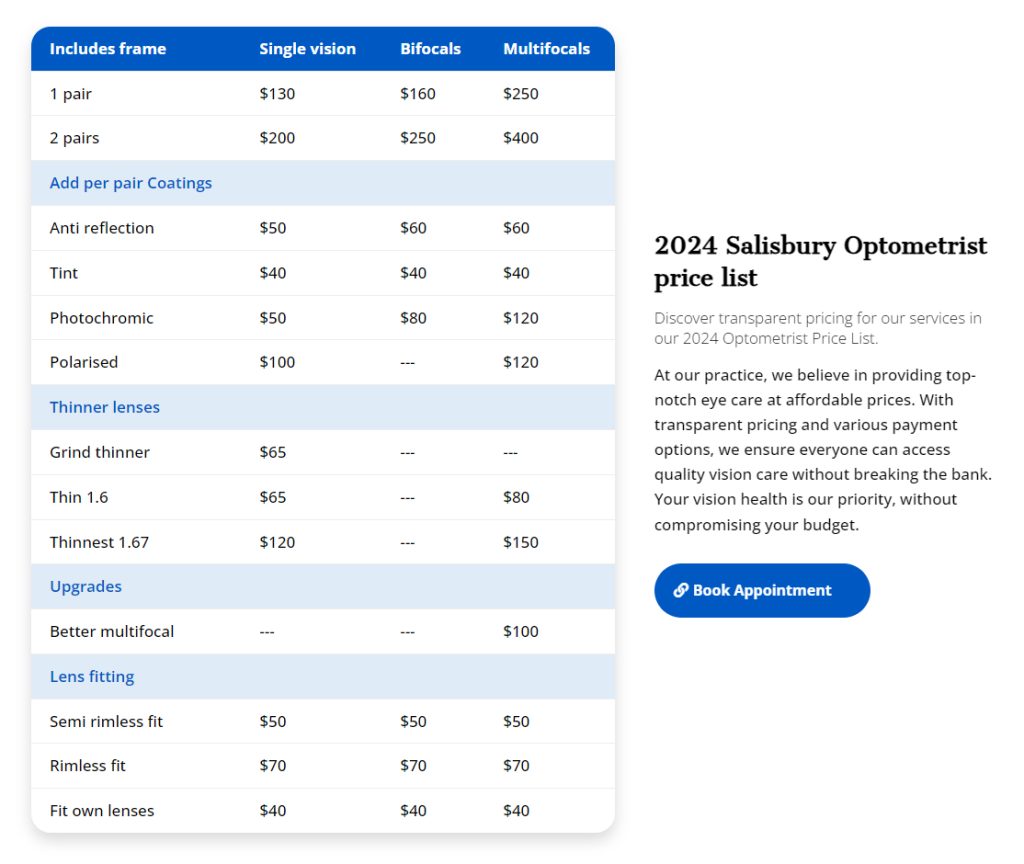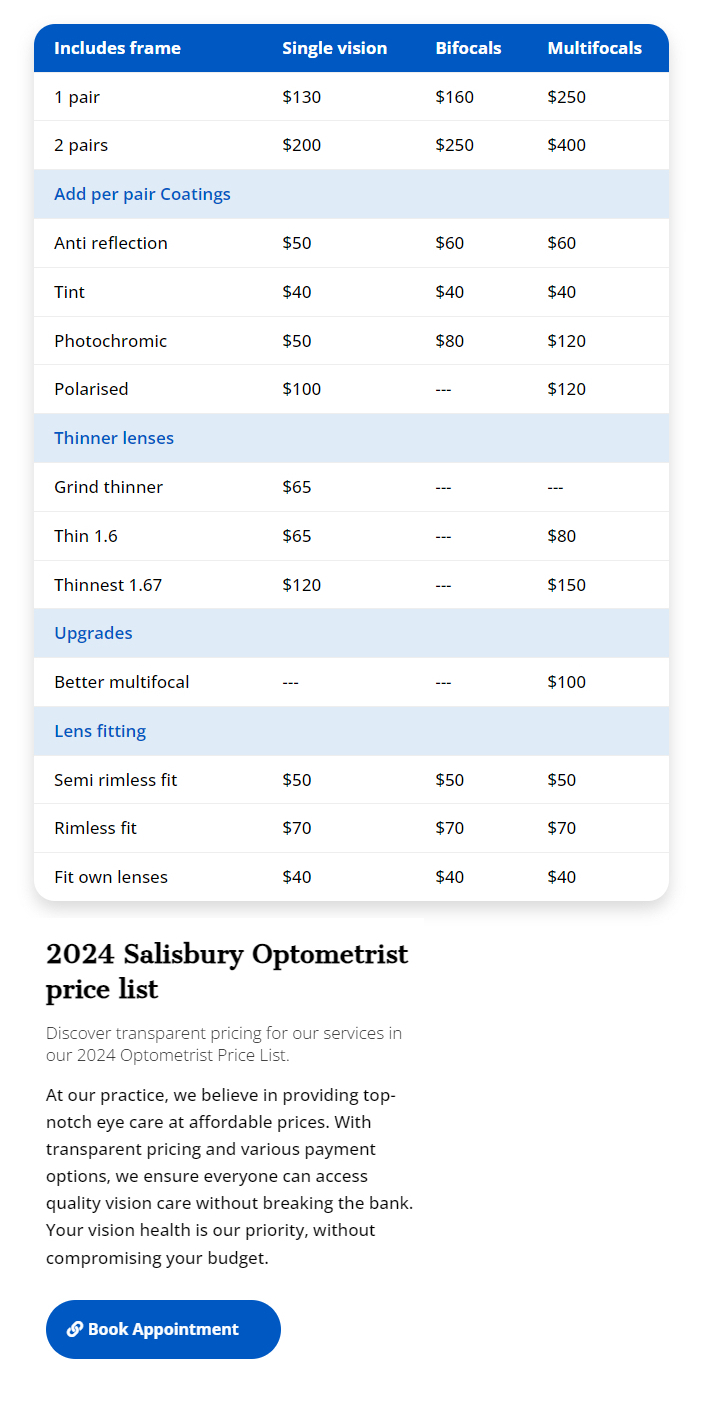Prevention is better than cure; what could be more beneficiary than saving your life by taking a simple and quick eye test? Glaucoma, cataracts, and diabetic retinopathy can cause irreversible damage and don’t show up much signs or symptoms. However, you can detect them with a humble Vision screening test. When you have taken prompt and early intervention, you can easily prevent more severe health issues. If you are intrigued about taking an eye screening test, this article is for you. The article also advises how it applies to children and adults and how to prepare for it.
Vision Screening Tests Why You Can’t Take It Lightly?
Vision screening tests are not lengthy and exhaustive, they are quicker, and the intention is to pick up any issue that might require further investigation. At the same time, the vision exams include considering the family’s medical history and its more intensive. Although they are not vision exams and shouldn’t be considered substitutes for eye examinations, they help in promoting the early detection of vision problems and lead medical professionals to effective treatment or management of eye conditions.
Vision screening tests are generally performed by volunteers, nurses or nursing students instead of doctors. At the same time, eye exams require expertise in the field and are conducted by eye doctors.
To put it simply, screenings that come out with red flags take you to comprehensive exams, after which you will discuss with the medical professional the personalized treatment plan and set it in motion. This includes prescribing medicines, lenses and recommendations for surgeries.
During the eye examinations, doctors look for multiple disorders, which include crossed or mistuned eyes, differences in acuity, and a raft of other vision-related issues which are not caught in quicker checkups. You benefit more when a trained ophthalmologist conducts the eye examination as they can quickly determine the early signs of eye disorders.
A comprehensive eye examination like a Specsavers eye test could save your life. It would be best if you remembered the benefits don’t stop at your eyes; there is a long list of diseases that show up their signs and symptoms through your eyes. For instance, Ankylosing Spondylitis is a kind of inflammatory arthritis that doesn’t show up any symptoms other than the patient complaints only about non-specific back pain. But the disorder causes telltale irritation to the patient’s eyes. A potential eye doctor can roll out the cause of the eye irritation, and you will be taken to treat the arthritis condition.
How Vision Screening Test Is Performed For Infants:
Infant Vision Tests Are Performed In Four Ways:
- Response to light: the medical examiner looks for any impulse response from the infant, as an infant will blink in response to any bright light.
- Ability to follow the target: vision acuity in infants is termed as a “Fixate and follow” test, and this applies to infants who are too young to follow the instructions, read or identify letters on the eye chart. The examination helps identify eye alignment, poor tracking ability or vision problems. The examiner generally uses a bright toy or light and moves it around before the infant follows its pupil’s movement. Some of the eye problems, such as strabismus (misaligned eyes) and amblyopia(lazy eye), can be detected by this method.
- Response of pupil: the examiner generally uses shining pen light to test the infant’s vision. Specific tests are used to evaluate the vision, and the methods differ based on the infant’s age. Therefore, doctors perform comprehensive eye exams to determine the required tests for further assessment.
How Can You Educate Your Child Before An Eye screening Test?
- Tell your child that there is no wrong answer, so there is no need to worry about that.
- You can also boost your child’s confidence by encouraging them verbally.
- You can practice your child with matching cards before you take them to test
- Allow them to practice with a large group of kids so that they don’t feel any stress.
Adults need a vision screen test to find out whether or not they need an eye examination or a treatment plan from an eye care specialist. A screening test is sufficient to find out how well you see objects at different distances and how well corrective lenses help in your vision. Both adults and children undergo three main parts of screening tests, they are:
Distance vision test: this is also called a visual acuity test, which determines how well you see objects at different distances. Each eye is tested separately, and there are unique charts for infants that include pictures and symbols.
Close-up vision test: the test checks farsightedness and presbyopia in adults. The test generally includes a small card with several lines of printed text that goes to a smaller font. The patient is asked to read the text when the card is placed about 14 inches away from their eyesight.
Colour blindness test: colour blindness tests evaluate the patient’s ability to distinguish colours.
How Do Vision Screening Tests Perform In Adults Differ From Infants?
By testing methods: infants are generally incapable of following instructions, and they may not be able to read the chart. Therefore, the examiners suggest nonverbal testing methods such as the “fixate and follow” test. However, eye charts are used for adults.
By test equipment: Doctors use specific instruments or equipment such as electronic devices or special light to measure an infant’s response to the light
Test interpretation: Doctors understand there is the possibility of variation in the test results for infants, and they should consider the infant’s age and developmental stage while interpreting the results
Follow-up: Although doctors suggest follow-up investigation for both adults and infants, infants would need more follow-up eye tests frequently than adults. Doctors also would like to monitor the progress of their eye health more than adults. In the case of adults, eye tests require follow-up only if they have any underlying eye disorder.
Treatment plan: For infants, the treatment plans are processed more immediately and intensively for specific vision problems like Amblyopia or Strabismus that prevent long-term vision impairment at the earlier stage. For adults, the treatment plan generally includes corrective lenses, medications and surgery.
Why Eye Screening Tests Are Life Savers Like Eye Examinations?
After conducting the screening test, the patients can easily navigate to the specific stream of tests that accentuates the testing process and narrows down the possibilities. Therefore the treatment plan for the patients is simplified, which helps the patients in reducing signs and symptoms earlier.
Imagine you are put into a test that doesn’t require your eye condition, only to find out after the results are out. Not just the time, resources and energy wasted here, but the chances of developing eye disorders increase.
After completing the eye screening tests, your eye specialists might decide to conduct visual field testing if they have found a severe eye disorder during the screening tests.
These visual field tests are more focused and help determine the blind spots in your vision and their location. Do you know that locating these blond spots/scotomas is crucial as they show how intensely the eye disease or brain disorder intrudes on your vision?
Since eye screening tests and examinations are capable of identifying other health conditions like brain tumors, cancer, diabetes, heart disease, lupus, Lyme disease, multiple sclerosis, high cholesterol and much more, taking the help of your eye specialists and undertaking these tests are for the best of your benefit.
Conclusion:
The eyes are the most essential organ which helps us navigate the world around us. Good vision is necessary to perform any life activity, and the majority of eye disorders can be treated and reversed when they are detected earlier. Therefore the part of eye screening tests and examinations are life savers! Moreover, simple and quick eye screening tests can save large chunks of time, money and stress in the long run and improve your overall quality of life!




0 Comments